How to Remove Moss From a Lawn
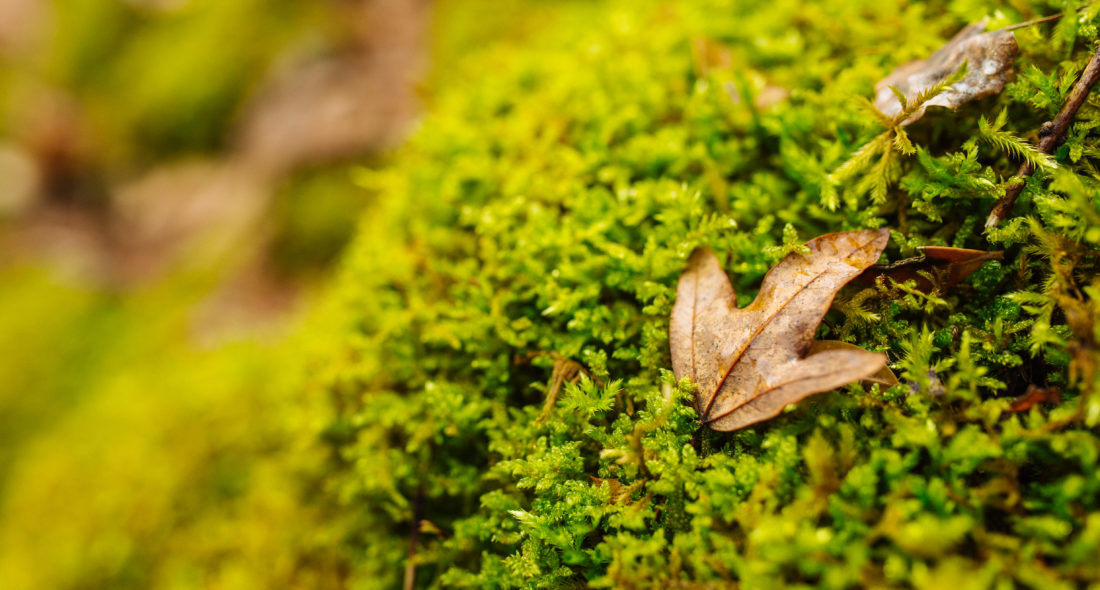
Given Ireland’s climate and dominant soil types, most homeowners will experience moss on their lawns at some point.
In the best care scenario, moss is a short-term problem caused by waterlogging or drought. It’s easy to remove, but it can quickly grow back. Moss can also indicate more significant problems with your site or soil conditions, so you may want to dive deeper after you remove the existing moss.
Lawn care and maintenance will keep your grass growing strong and prevent recurring moss invasion. Use these tips to eliminate moss and weeds and keep them gone for good.
How to Remove Moss and Weeds in Lawns
Removing moss from your garden is the first step in long-term control. Thankfully, moss removal is straightforward. Moss control products or sulphate of iron will quickly eradicate the moss on your lawn without damaging your existing grass. You’ll need a weedkiller for any areas plagued by common weeds.
Most products get rid of moss in 14 days or less: dead moss turns black, so you’ll spot it quickly. Once dead, you only need to rake it out of the grass to remove it. If you allow dead moss to remain, it can prevent the rainwater from draining and not only make your lawn soggy but also damage the soil and grass.
The Best Time to Remove Moss on Your Lawn
In the autumn, apply mosskiller and fertiliser to your lawn. Once your moss dies, you can rake it away. It’s also a good idea to aerate your lawn to help your grass grow.
If your grass needs a top-up, you can lightly seed and then add a lawn top-dressing.
Spring brings us back outdoors and tends to be a time where your moss might resurface. Repeat the process once again, beginning in mid-to-late-March so as to give your moss time to disappear before garden party season arrives.
How to Scarify Your Lawn
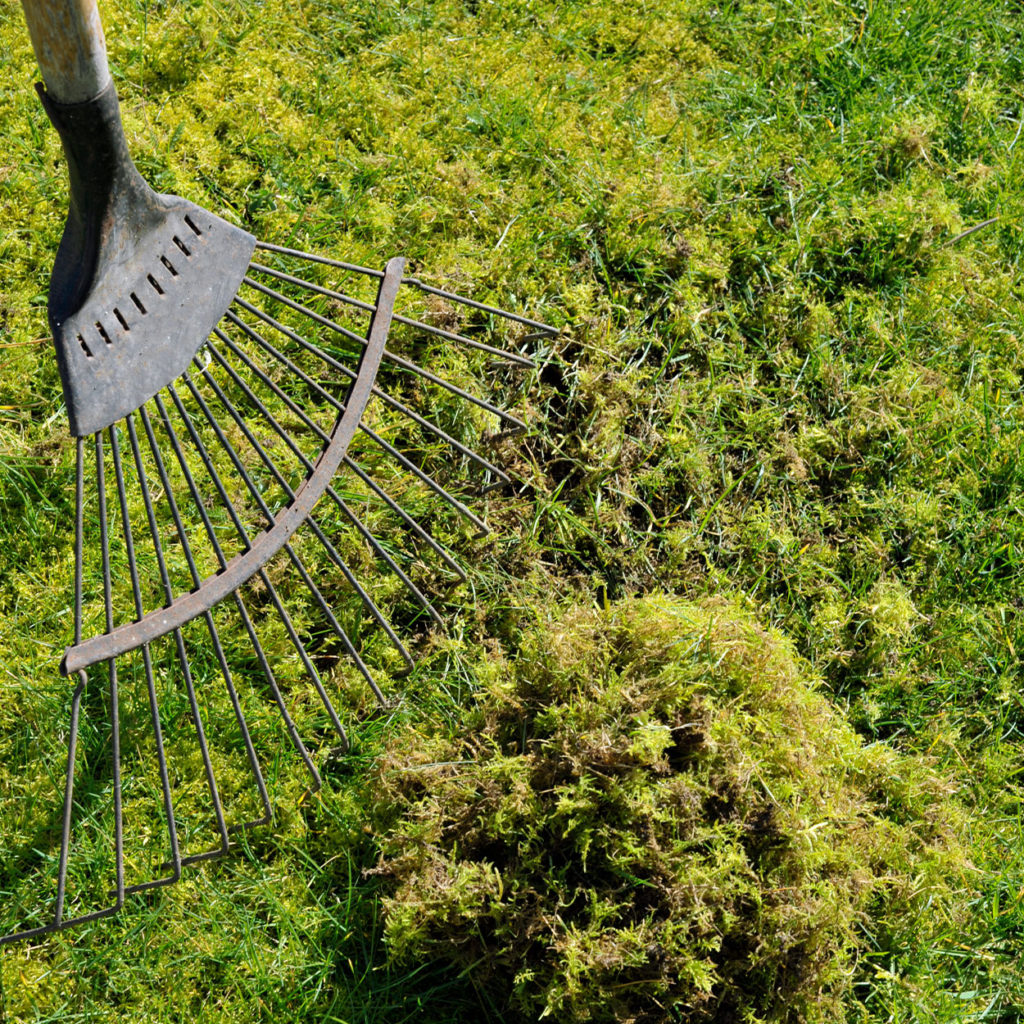
Do you find your moss returns year-on-year? You may need to go one step further than raking and use a scarifier. While a garden rake will remove the dead moss from your lawn, scarification removes surface thatch, which is the cause of moss. You can hire or buy a lawn scarifier and do the job yourself.
If you need scarification, then you’ll want to remove the loose moss first and then use mosskiller to reach the base of the moss (mosses don’t have any roots). The mosskiller will leave behind the dead, black moss, and you can then rake it out of the grass.
Tip: Do you have a moss and weed problem in a localised area? You can combine your weed and moss treatment in one go. Both moss and weedkillers require a few weeks to eradicate off those lawn invaders, so patience is key.
How to Get Rid of Moss in Your Lawn for Good
To learn how to eliminate moss in your lawn, you need to know what causes moss in a lawn. The answer is relatively straightforward.
Grass thrives in soil that’s light, fertile, and warm, but moss grows in conditions that other plants can’t handle. It’s everywhere: moss spores float in the air, germinate and mature with moisture, one thing that’s not lacking in the Irish atmosphere. Your task is to figure out what’s behind these conditions.
Some common causes of moss include:
- Excessive shade
- Poor drainage
- Low air circulation
- Compacted soil
- Low soil fertility
- Poor lawn care
- High or low soil pH
Tips for Improving Lawn Care and Preventing Moss
Caring for your grass’s health and beat back invading mosses.
If you struggle with moss growth, consider adding these DIY lawn maintenance practices into your seasonal schedule:
- Fertilise during the Spring and Summer months (April to July). Test your soil regularly to ensure your nutrients are in balance and fertilise accordingly.
- Aerate your lawn once a year (either in Autumn or Spring). Lawn aeration brings back air into your soil to improve nutrient absorption, air circulation, and drainage. All three issues contribute to moss growth.
- Avoid over-mowing or mowing your grass too short. Never mow sopping wet grass, which can spread any hiding fungus. Try to wait until the grass is somewhat dry; a mean task in Ireland! Two to five centimetres or one to two inches is the correct height for most Irish lawns, but you may not be able to clip so low if you have a large country garden.
- Leave grass clippings on your lawn to create a natural mulch and improve soil nutrients. You’ll reduce the need for fertiliser, minimise waste, and improve your soil without adding any extra steps to your lawn care.
How to Remove Moss From a Lawn: FAQs
More questions on removing moss from your lawn? We’ve got the answers.
When is scarification the right choice?
Scarification involves the use of heavy-duty flails to remove surface thatch. These flails act like knives and are very intrusive. As a result, you should only carry out scarification when you have persistent problems with moss. Additionally, because the process is so invasive, you should wait until Autumn or Winter. Your lawn won’t look its best in the immediate aftermath of scarification.
Can I remove all the thatch in one go?
If you use a lawn scarifier, you won’t get all the thatch at once. Trying to get it done in one use will do far more damage to your grass.
Can I treat lawn moss in Winter?
Yes, you can remove moss from the garden during winter. The best time to do this is at the end of Winter or in early Spring to prevent it from spreading as you enter the growing season. You can also treat moss in November and February. Remember: do not apply any fertiliser during this period.
Does my grass length lead to moss and weed growth?
Yes! Mowing grass too short leads to more problems. Doing so can lead to changes in the grass type or even cause it to die due to a lack of photosynthesis opportunities. Moss and weeds make short work of taking over dead or dying grass.
Does moss mean my soil is too acidic?
No! Moss can grow in any soil type and isn’t an indicator of whether your soil is too acidic. So, adding lime won’t necessarily take care of your problem straight away. Causes of moss include moisture, inopportune shade, poor mowing, tree roots, or drought. It can be caused by very acidic soil, but it is not the sole or even most common cause.
If you’re worried about soil quality and acidity, get it tested.
My garden turns into a lake, and it’s full of moss. What should I do?
Wet soil that’s slow to drain is a problem in Ireland, so if you see your lawn appears soft and looks more like a puddle, you may need additional treatments, including sand spreading, lawn levelling, rootzone replacement and soil amendments.
These get to the heart of your drainage issue to help your grass grow back fuller and prevent the return of moss.
Ready to remove moss? Shop our lawn & garden supplies >
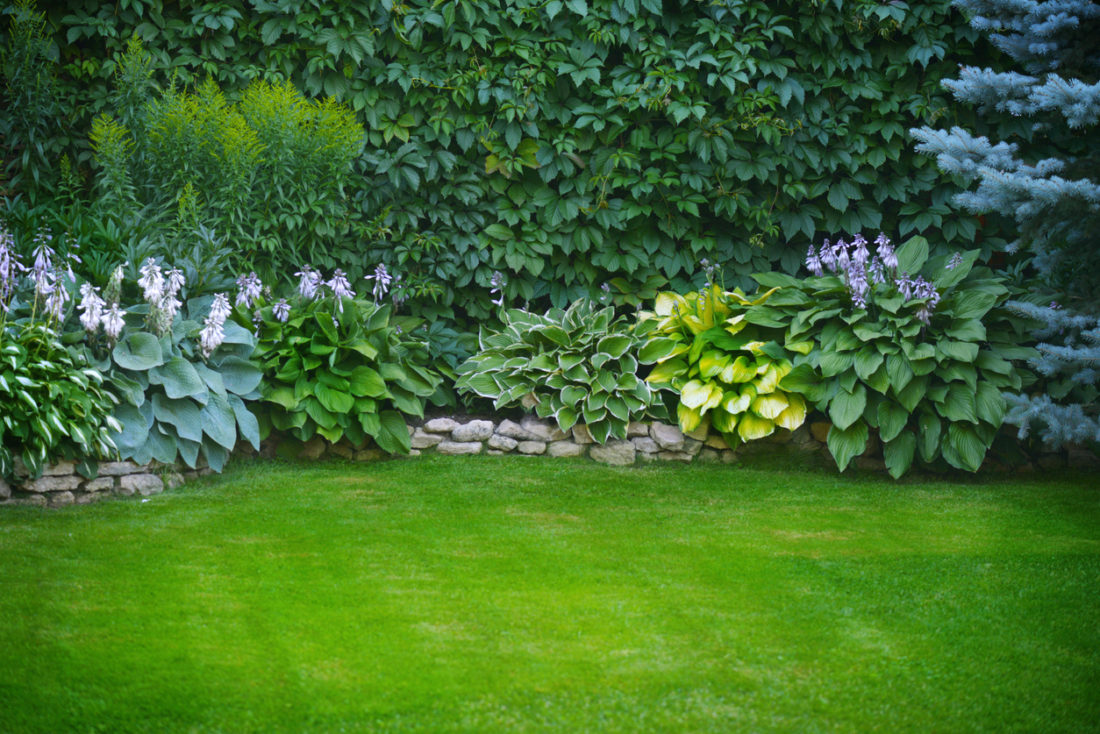
- Lawn & Garden
A Complete Guide on How to Sow Grass and Take Care of Your Lawn
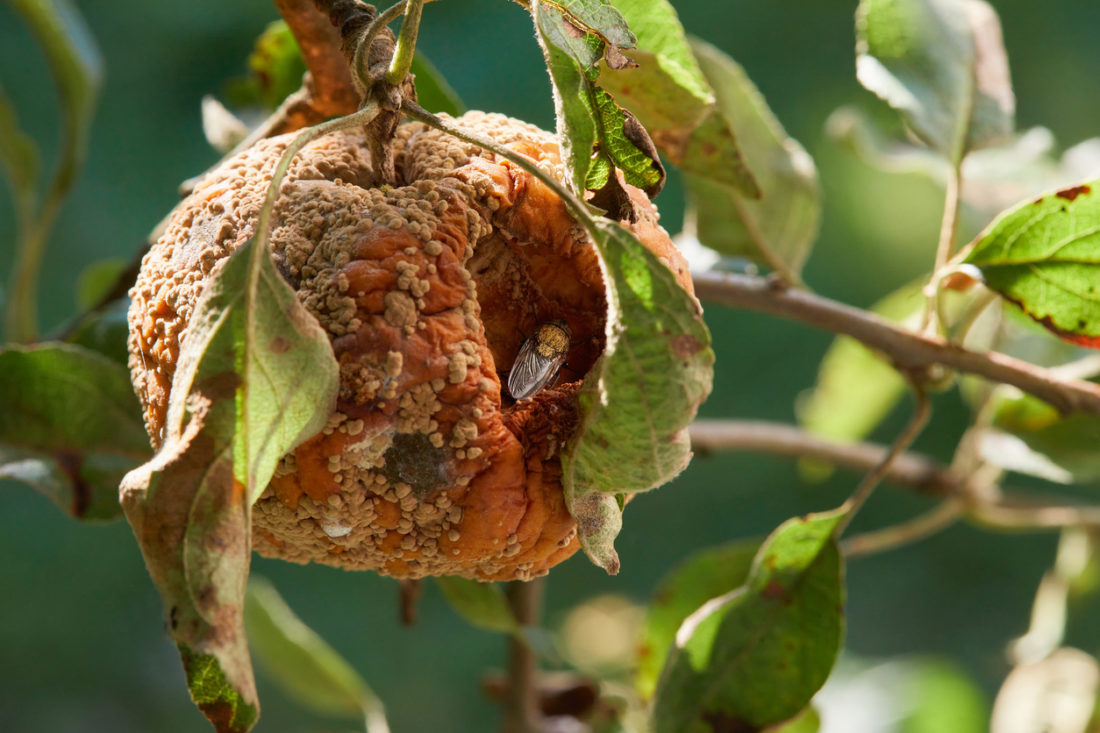
- Lawn & Garden
Everything You Need to Know About 9 Most Common Plant Pests and Diseases
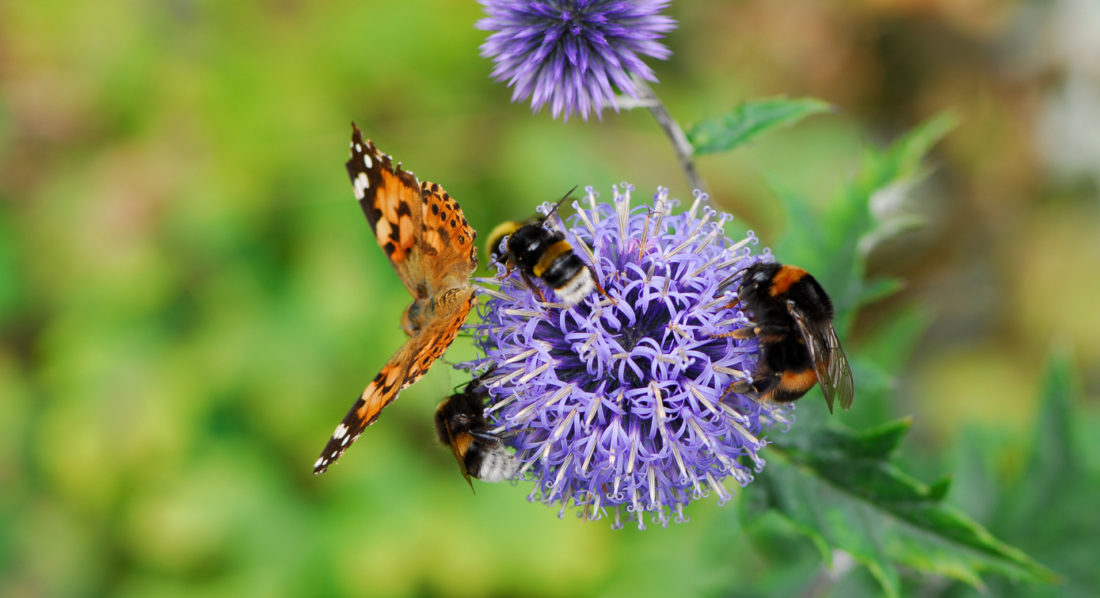
- Lawn & Garden
How to Attract Wildlife to Your Garden: 9 Ideas to Turn it into a Nature Preserve
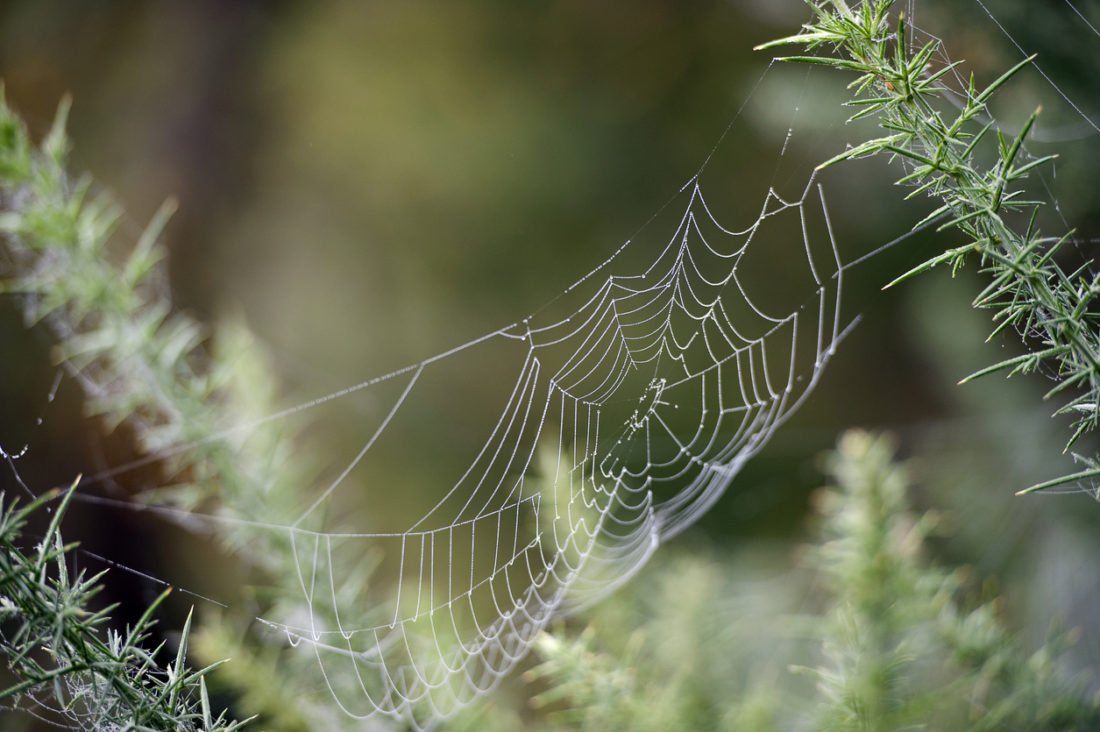
- Lawn & Garden
How to Get Rid of Ants, Flies, Spiders, and Mice: The Ultimate Guide to Home Pest Control
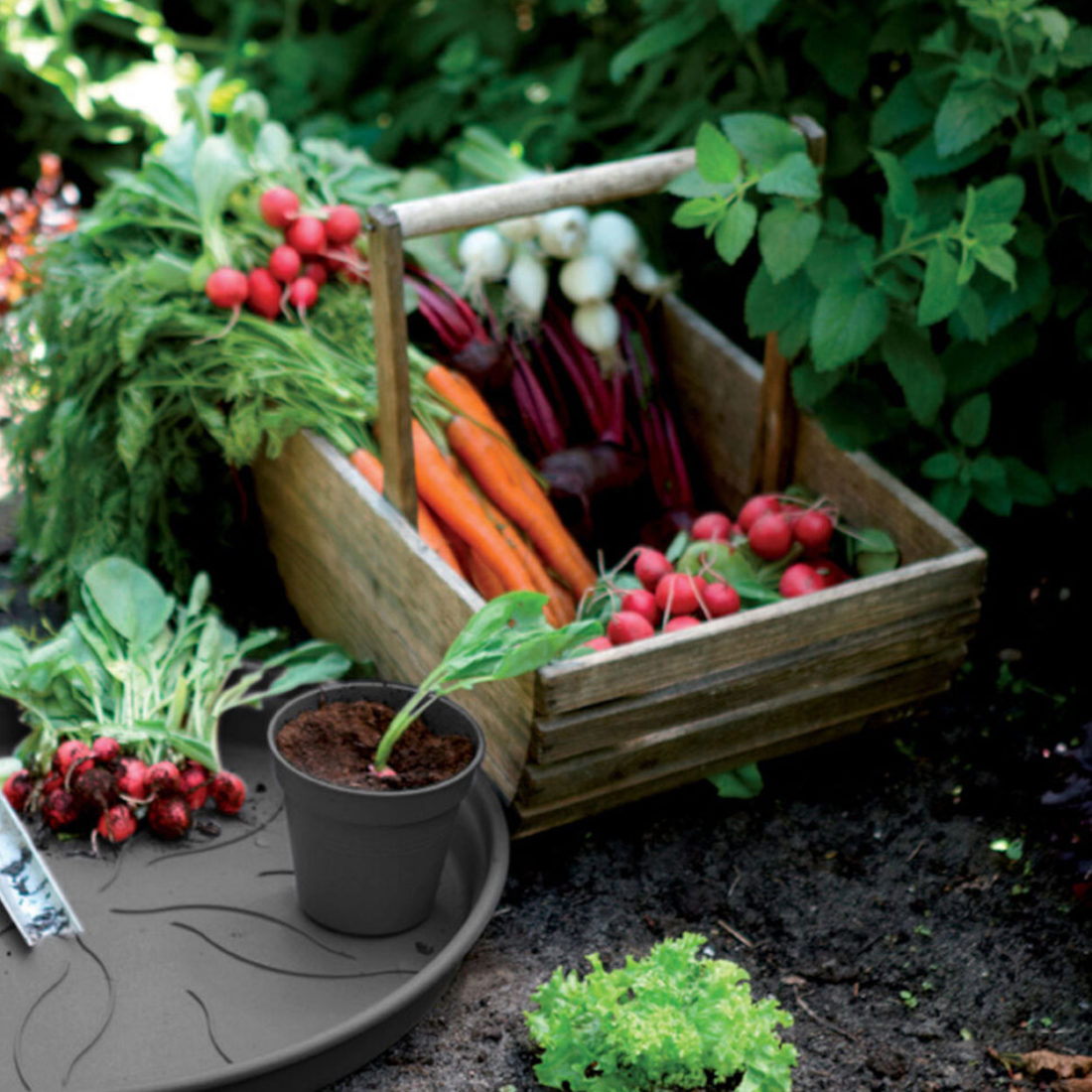
- Lawn & Garden
How to Grow Vegetables from Seeds: Everything You Need to Know
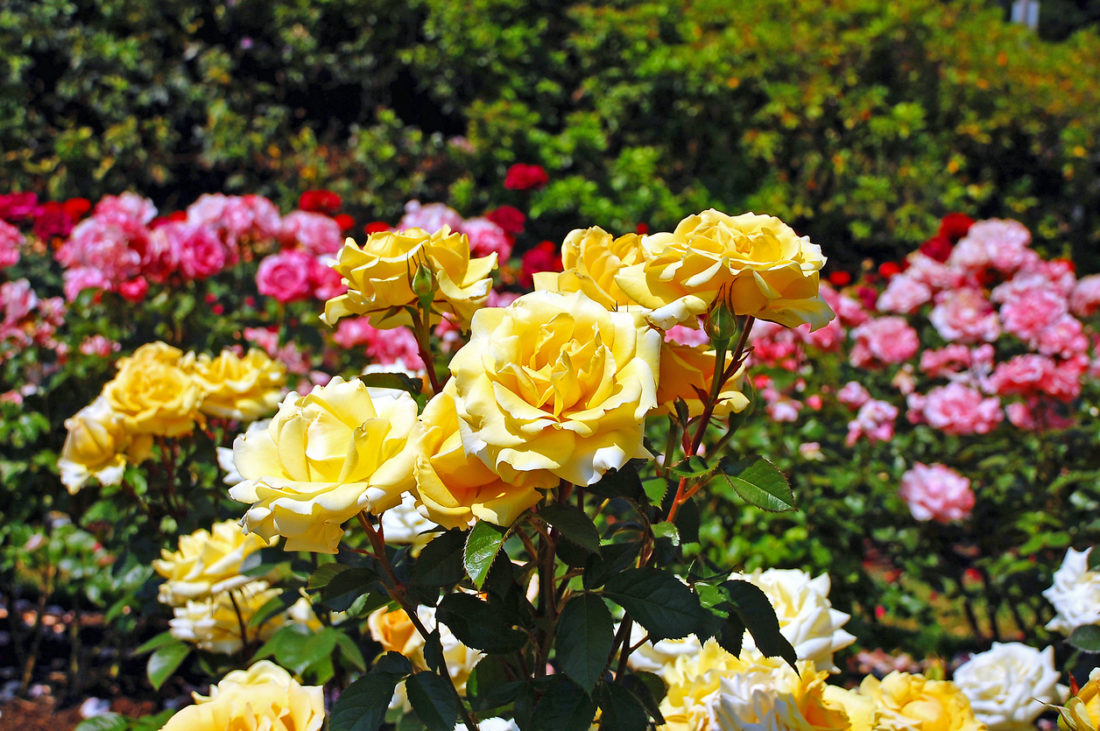
- Lawn & Garden
